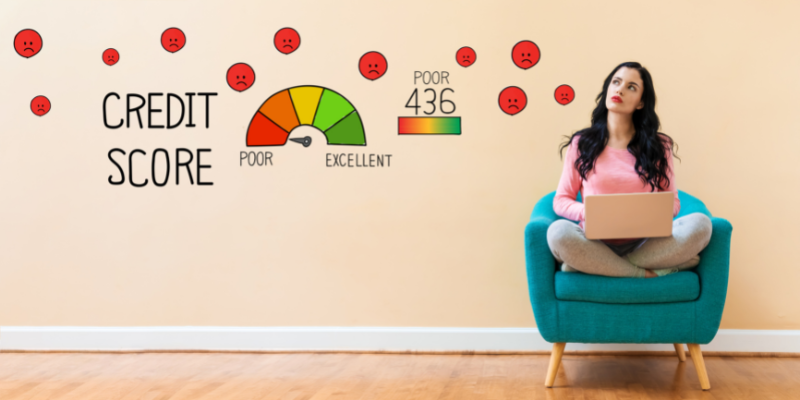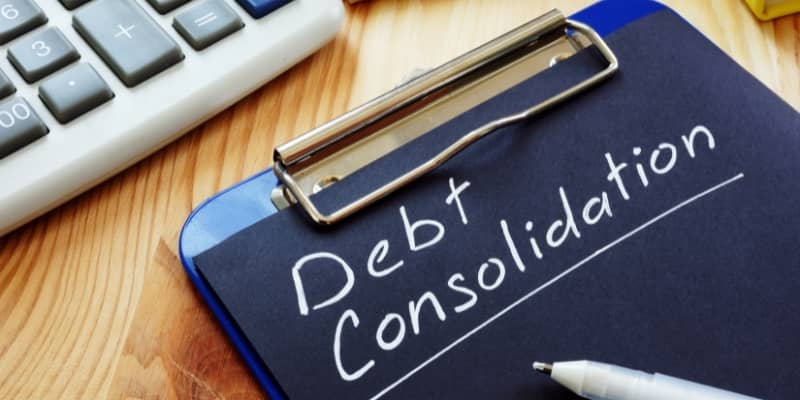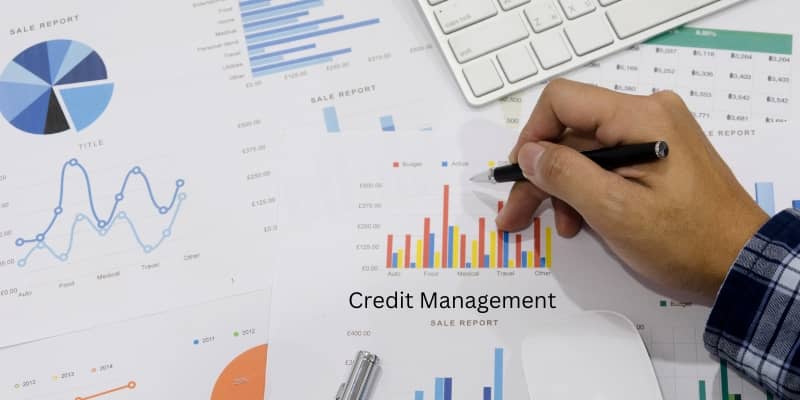You may think that fixing your credit is impossible, or you may believe that it’s way too expensive to try to fix your credit yourself. Fortunately, both of these notions are completely false! Fixing your credit doesn’t need to be an expensive, and there are many ways in which you can fix your credit yourself. Read on below to learn how to fix your credit in 7 simple steps!
Step 1: Check Your Credit Score
You must know your credit score before you start trying to fix it. Some steps involve working with the debt you already have, which means doing a better job of making payments and avoiding more debt. With all the tools available today, you can stay on top of your finances for free. Tools like united score offer money management services including credit score monitoring and budgeting advice.
At we understand there are plenty of hoops to jump through to get financing, so we’ve simplified the process. As long as your credit is fair or better, you can find offers from many lenders who want your business and will work with us to ensure a smooth approval process and quickly closing loans.
Step 2: Check Your Spending Habits
Are you making the most of your money? Check for any unnecessary expenses in your budget and cut them out. Do you need to save more? If so, set a realistic savings goal and start tracking your spending habits to make sure you’re hitting that number. For example, if you have $200 each month to spend on entertainment, don’t spend it all at once. Buy one movie ticket every week or take one night off from going out with friends during the week.
Step 3: Pay Down Your Debt
Paying down your debt is the first step to becoming credit worthy. The best way to do this is by paying off your debt with the highest interest rate first. This will save you money in the long run as well as help raise your credit score. You’ll be happy to see that, by following these seven easy steps, you can fix your credit and be on a good financial track. Here’s what you should keep in mind:
- Do not use of your available credit.
- Always pay your bills on time or early
- Don't use up all of your available credit
- Keep track of where you spend
- Take care of bad debts quickly
- Review payments every month
- Have at least two different types of accounts

Step 4: Close Unnecessary Credit Cards
You should close any credit cards that you do not need. This will lower your total credit card balance and make it easier to keep track of your bills. Before closing the account, make sure to pay off the balance in full so that you don’t lose any of the benefits associated with having a card. Once you close an account, you must monitor your other accounts closely to make sure they are not used fraudulently. You can usually set up alerts on your bank or credit card company’s website so that if anything is suspicious, they will let you know right away.
Step 5: Put Savings First
When you have savings to fall back on, it gives you a feeling of security that allows you to make decisions without the fear of getting into debt. Putting money away in your savings account also helps protect you from unforeseen expenses that could happen at any time. It’s a lot easier to deal with emergencies when they arise if you know there is money available and waiting for it in your savings account! You’ll be able to handle the expense quickly, effectively, and confidently.
Step 6. Sign Up For An Online Bank
One of the reasons that people get bad credit is they are not managing their finances well. The easiest way to fix your credit is to sign up for an online bank and set up an automatic direct deposit from your employer or pay checks. You’ll be able to see where you’re spending money and make adjustments if necessary. Once you’re signed up, monitor your balance and activity daily to keep on top of things. If there’s anything that needs to be corrected, contact customer service as soon as possible. It’s also important to link all other accounts (credit cards, loans, mortgage) so you can track everything in one place! Text: Now go out there and take control of your financial future!
Step 7: Open A No-Fee Savings Account
An important step in recovering from bad credit is to open a savings account. This will help you build your emergency fund, which will allow you to avoid going into debt if an emergency occurs. A good rule of thumb is that the size of your emergency fund should equal three months’ worth of living expenses.






